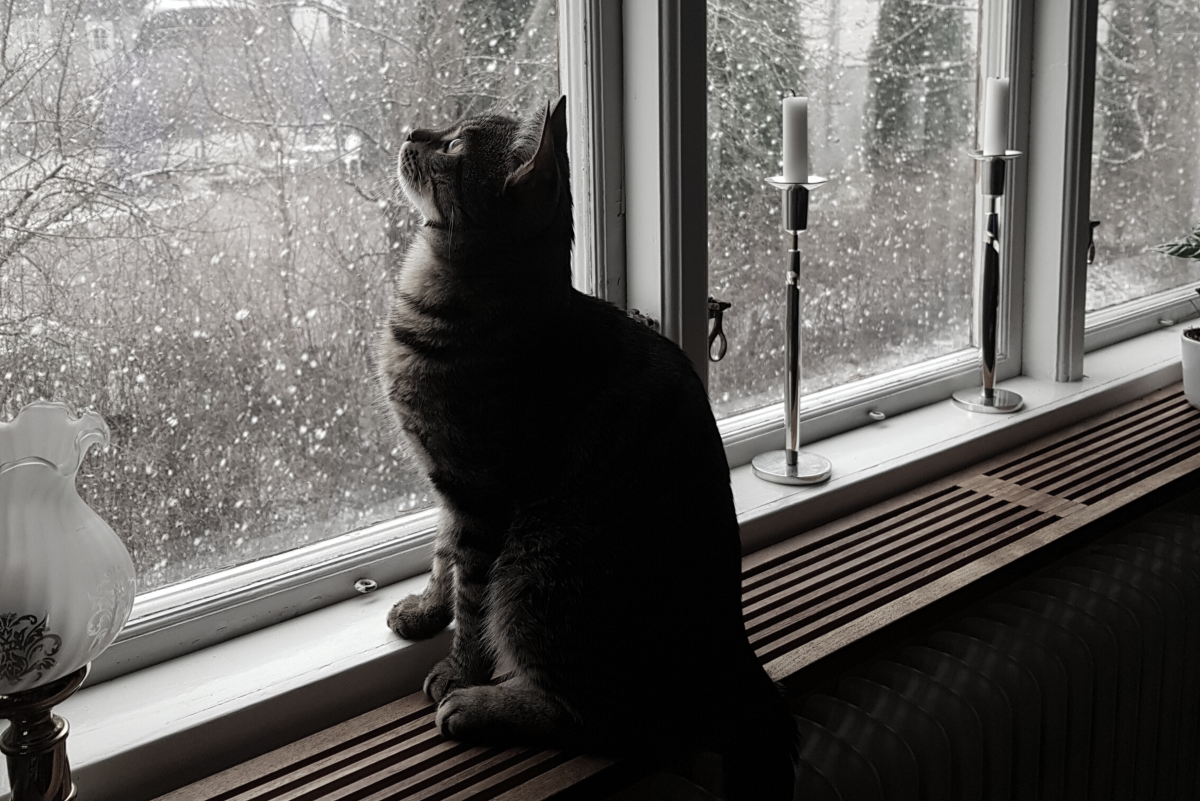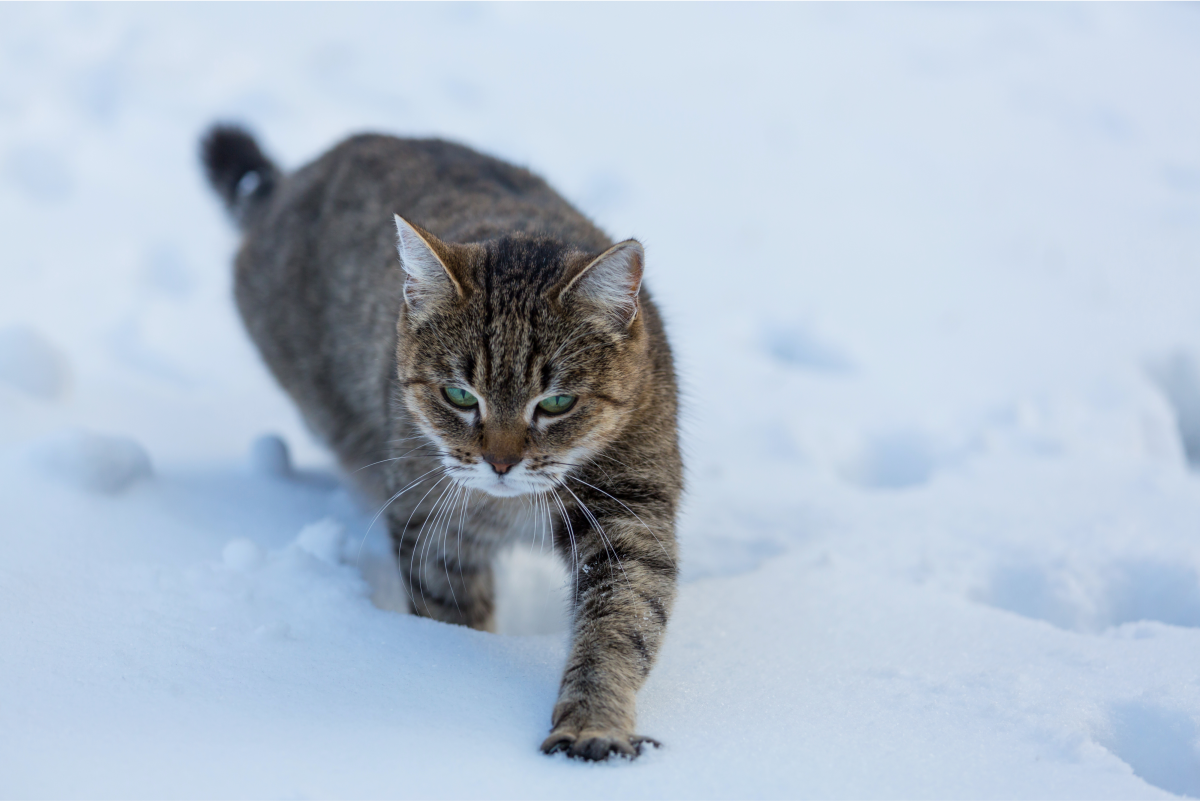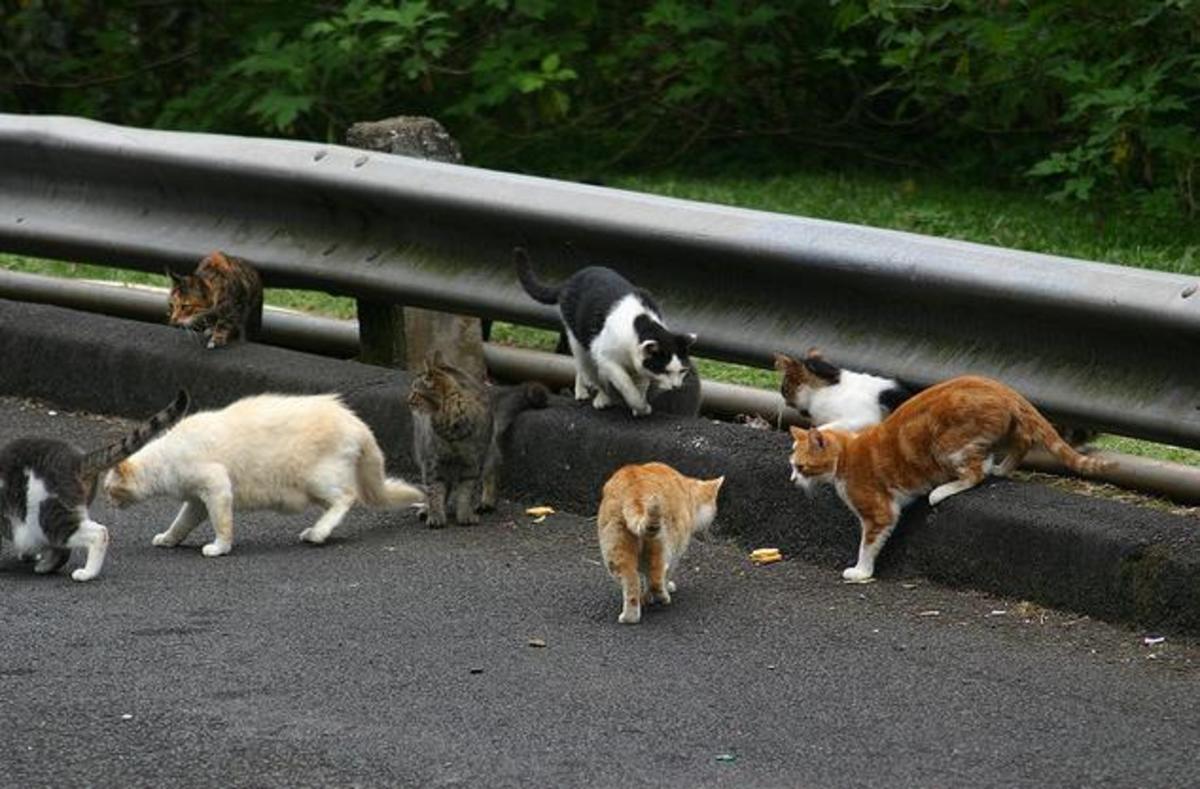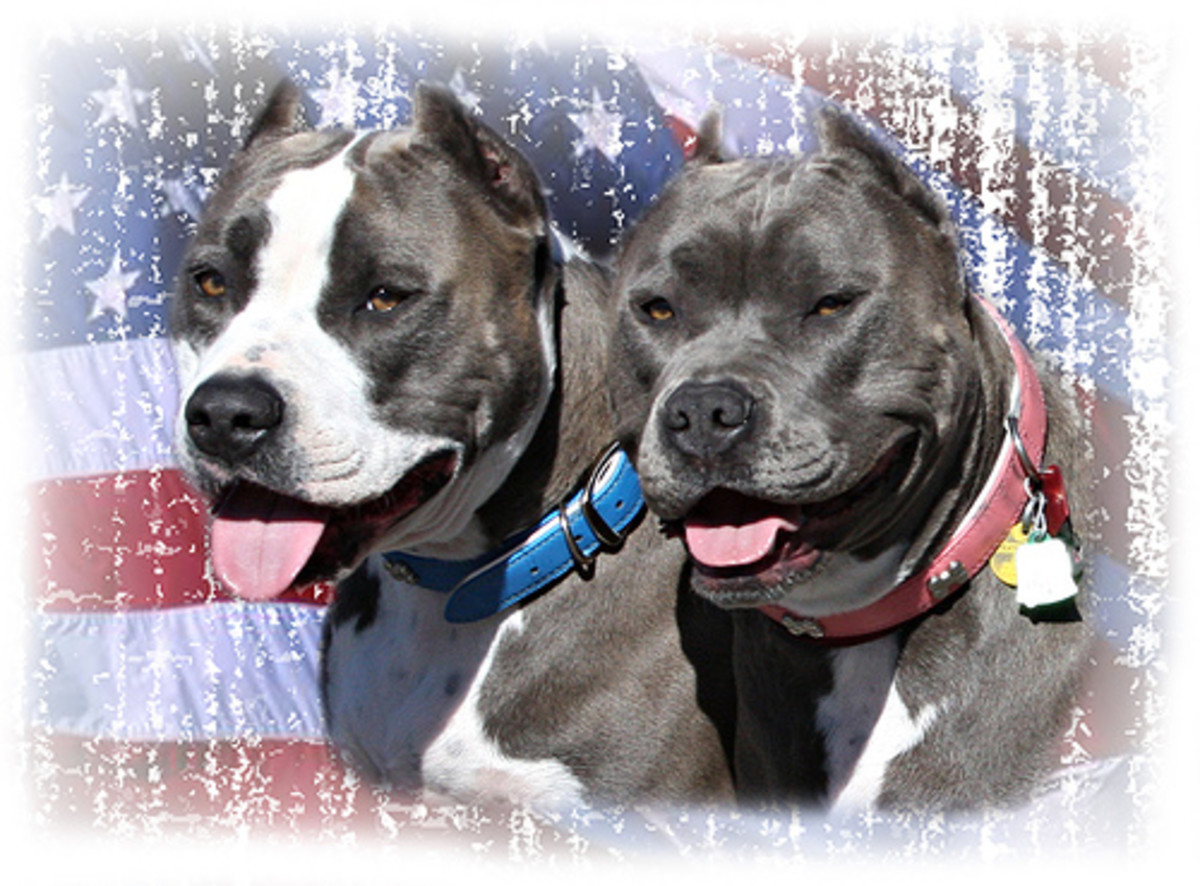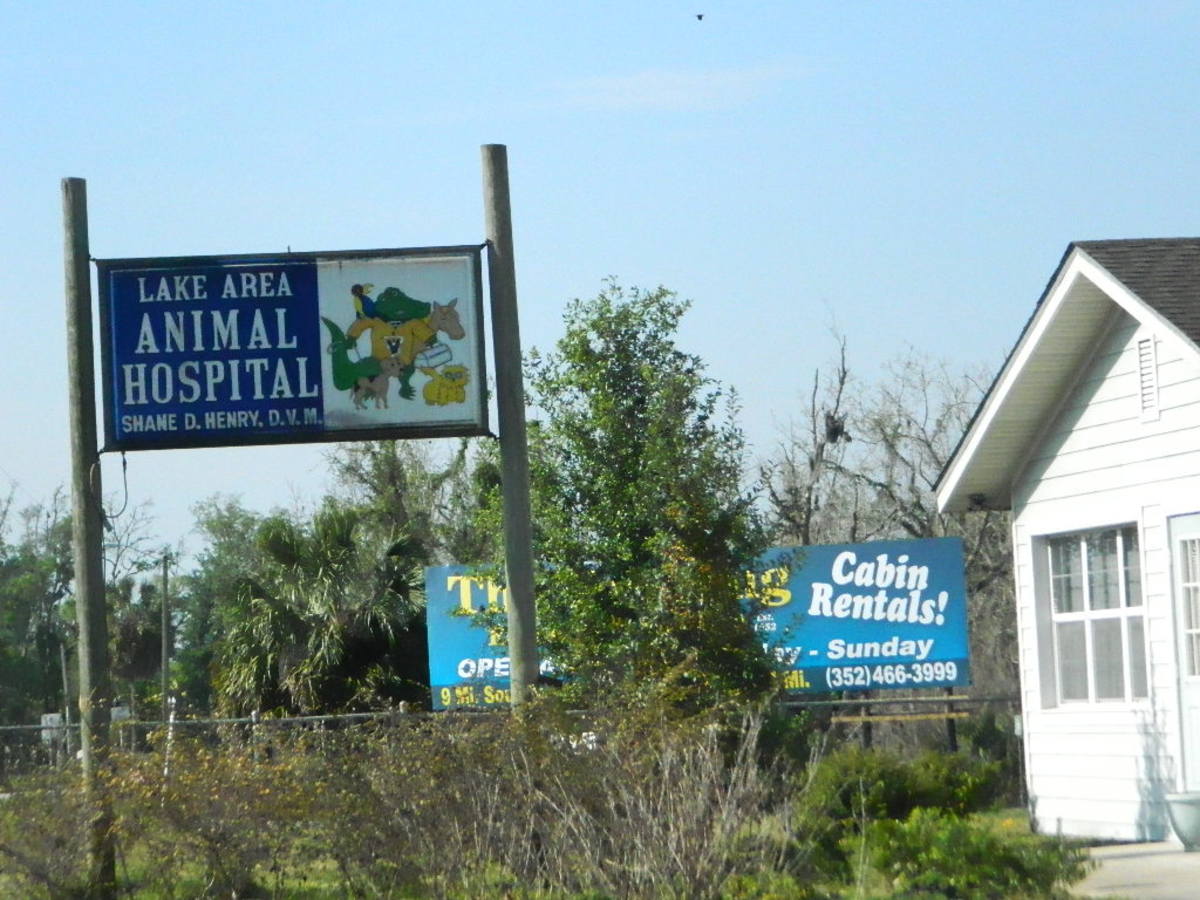The Case for Saving Feral Cats
Noferals recently posted a hub stating their opinion on feral cats. This hub refutes theirs, and states the facts about feral cats and feral cat colonies.
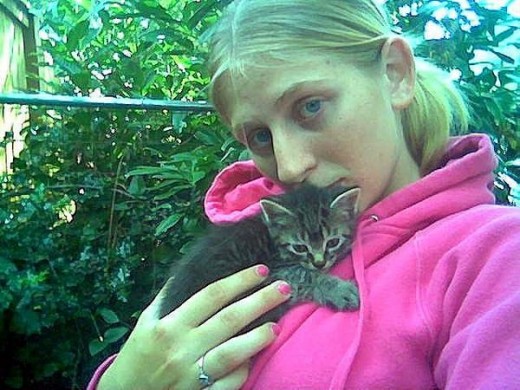
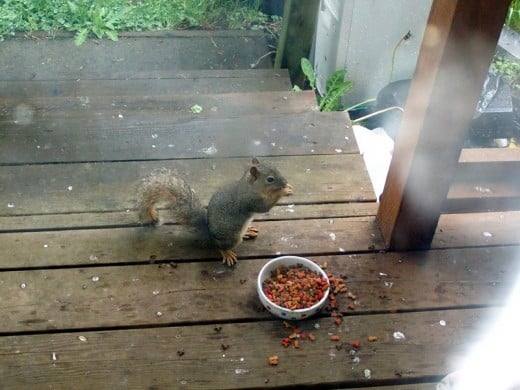
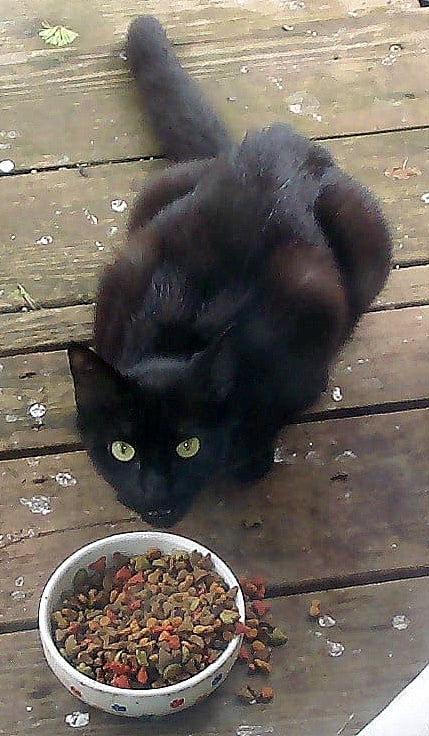
The difference between ferals and strays
Not all outside cats are feral (wild). Some are pets that are allowed outside, and can either be fixed or unaltered. Unaltered pets that are allowed outside can create problems of their own, like spraying, digging in flowerbeds, and yowling.
Other outside cats are strays. Stray cats are either lost or abandoned, but they are used to being around humans and will come up to humans eventually if treated kindly. If unaltered, they can cause the same problems as outside pets.
Feral cats are the offspring of unaltered outside cats or of strays, and have had no constant contact with humans. They are often unaltered, scared of humans, and wild by all definitions.
Where ferals live
Feral cats live in colonies: groups of cats in a loose-knit community. These colonies can be anywhere there is food, water, and shelter: backyards, abandoned buildings, a field, a parking lot with bushes, forest. Cats are very resourceful, and will hunt and scavange for what they need.
Sometimes, humans abandon pet cats near feral colonies "because there are already cats there". Cats new to colony areas often are killed in territory wars, but are sometimes accepted into the colony.
Why feed ferals?
Ferals do eat birds and small animals, and can rummage through garbage looking for food scraps. However, if an easier food source is nearby, like a cat food bowl put out by a kind human, they will eat that instead and leave the local wildlife alone. Giving them a water bowl as well provides them with a constant place to come for their needs instead of foraging. Once food and water are provided, it is important to keep refilling the bowls on a consistent basis so the cats know it is there and start to trust the human they connect the food with.
Why not trap and kill or trap and remove?
Trapping animals to kill them or remove them from the area leaves a blank spot in the ecosystem. There is an ample food supply, even if there is not a food bowl. There is shelter. That is why the cats moved there in the first place. If the cats are taken out, other animals will move in to take advantage of these resources. Most often, in the city, the newcomers are rats, mice, raccoons, and opossums. In the country, the newcomers are rats, mice, coyotes, wolves, and skunks. Which is better?
Why trap, neuter, and return?
Trap-neuter-return (or TNR) not only is a humane decision, but keeps the balance of the area. There are still cats, so no other animal population comes in, and no more kittens are being produced. Feral cats without medical care only live about 3 to 4 years on average, but one female can produce up to 6 litters a year. With medical care, ferals can live as long as indoor pet cats.
TNR also reduces unwanted behaviors like spraying, yowling, catfights (mating fights), and marking behavior (piles of cat feces).
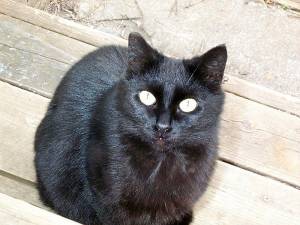
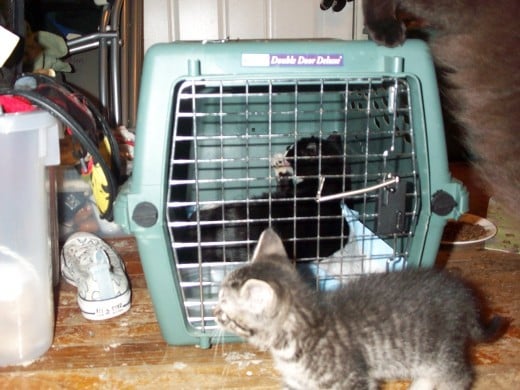
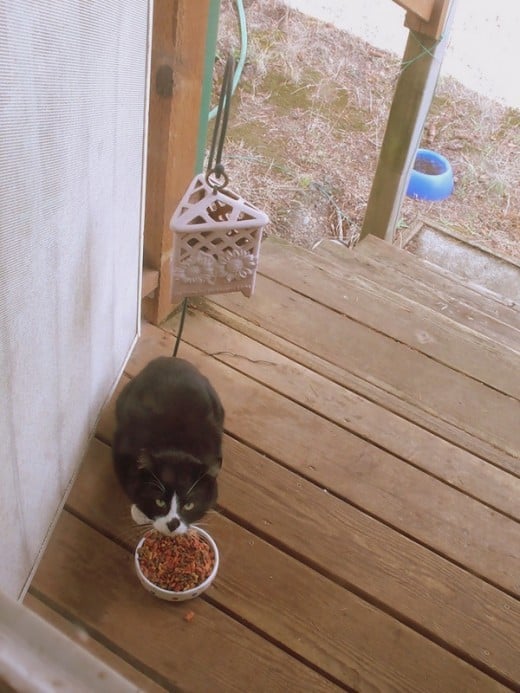
What is eartipping?
Eartipping is a universal method of tracking spayed/neutered ferals. This is usually done at the same time the cat is fixed. The eartipping process is painless (done under anesthesia) and does not harm the use of the ear. The vet cuts off the top 1/8 inch of either the left or the right ear (depending on the region of the U.S. or world). This shows which cats are fixed, preventing the need to do surgery to find out if they are already spayed/neutered. In some places in the world, animal control will release an eartipped cat instead of taking it to the pound/shelter, because they know that it is part of a colony that is being fed and watched over. At the shelter or pound, ferals are routinely euthanized.
Can adult ferals be socialized?
Adult feral cats can learn to trust humans, even up to the point of being petted, but will never be totally tame. They will, however, come when called, acknowledge the humans they trust, meow at you when you talk with them, let you know they want food and/or water, and be comfortable in your presence. They might let you trap them again or catch them when they need medical attention. However, socializing adult ferals is a long, slow process, and varies from individual cat to individual cat.
Can feral kittens be socialized?
Feral kittens up to 12 weeks of age can be socialized without much effort. Once socialized, they are as healthy, happy, and outgoing as kittens born indoors.
Helpful feral cat links
- Neighborhood Cats | Info | Winter Shelter
How to make a winter shelter for ferals, strays, and outside cats - Feral Cat Coalition of Oregon
Good local resource with spay/neuter clinics, information, traps - Alley Cat Allies
America's largest nonprofit feral cat organization. Links, information, news




